Firelight
Lessons from Steven Spielberg
“It’s Interesting”
Last weekend I watched The Fabelmans, Steven Spielberg’s most recent film and the end of the viewing journey I began in January 2023 to watch all of the director’s films (as well as most of the ones he produced) in chronological order.
I wrote a little bit about why here.
But I wasn’t completely honest about my reasons. Yes, I wanted to revisit and recontextualize the work of an artist who was both formative and remains important to me.
But, selfishly, I wanted to find out what I could learn—and steal—about making movies from someone who is arguably the greatest artist of the medium.
So, here are lessons learned from a year spent watching the films of Steven Spielberg. Some for the first time, some for maybe the millionth. All a complete pleasure.
Action Hero
As I wrote about a year ago, I’m throwing myself into learning to direct. It feels to me like a natural extension of the writing and producing I’ve taken on these past fifteen years. And, I figured I may as well glean what I can from the best who ever did it.
The biggest thing I learned about directing from watching Steven Spielberg’s movies is that there’s no one better at blocking and choreography than Steven Spielberg. It’s like he was born with an innate sense of how to tell even a piece of a story through imagery. (And Fabelmans kind of backs up this idea, without saying as much, that Spielberg is maybe the one born genius of cinema; it’s in him from the time he picks up a camera).
Honestly, Spielberg’s brilliance at blocking is the most noticeable difference between Spielberg’s worst Indiana Jones movie (Crystal Skull) and the one he didn’t direct (Dial of Destiny). Dial is a better movie overall. But the action sequences suffer for Spielberg’s absence. They are, simply, harder to follow.
By the time he made West Side Story in 2021, Spielberg was so confident and adept at knowing where and how to position and move the camera, that he makes it look easy. It’s why this scene overwhelms me to tears every single time I see it:
I am under no illusion that I’ll ever be able to do what Spielberg does in choreographing a scene. He has a brain for the mechanics of action that I just don’t possess. So what can I take from studying this expert craftsmanship?
Two things, one as writer and one as director.
Part of the clarity of Spielberg’s action scenes is knowing that each character has a story in them. Look at that gymnasium dance above. There are a dozen stories going on in that scene, but two important ones: the Sharks and Jets (represented by Bernardo and Riff) are passionately at odds. This is the dazzling backdrop against which the other story emerges: Tony and Maria meeting.
As viewers, we’re following the intentions of each of these characters—Bernardo and Riff both want to “win” the dance; at first sight, Maria and Tony want to know each other—even as we’re buoyed along by the choreography, the color, the camera, etc.
So, as I write screenplays as a series of sequences (which I talked about with Winchester screenwriter Tom Vaughan last year), I’m thinking of those sequences as tiny but complete stories, leading from and two one another. Indy needs to stop the truck with the Ark of the Covenant on it. That is his objective. The Nazis are the obstacle.
“Making this up as I go” is the lesson I’m taking as a director. This past month, I’ve been reading some enjoyable and informative books on Spielberg:

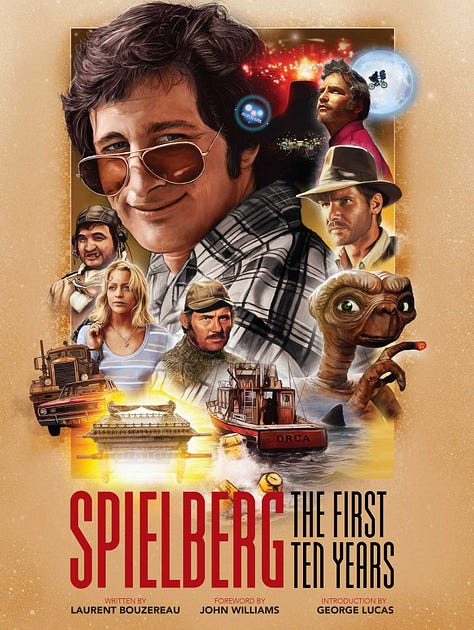

All of these books have described how, around the time of Raiders, Spielberg combined his exhaustive storyboarding with a somewhat looser approach when it actually came time to shoot the scenes. That is, having a solid plan allowed him flexibility in the moment. Which gave us iconic scenes that were created just because Harrison Ford had food poisoning:
Make Something Real
Okay, that’s the technical stuff. More important is the bigger, psychological stuff that I learned from watching Spielberg’s entire output in such a short amount of time.
That lesson is: keep learning, keep changing, but remember why you’re telling the story.
Or, to put a finer point on it: remember who you are.
Yes, John Hammond, we need to discover new things, acquire new interests, explore the world through our work. But we also need to remember what can happen if we’re not careful:
So, my bottom-rated Spielberg movies are:
Most of these are movies that Spielberg executive-produced, but the ones he directed on this list—especially that top row—are real stinkers. And I think those movies—1941, The BFG, and Hook1—have a lot in common with the two- and two-and-a-half star moves in the third row (AI, Tintin, Ready Player One, and The Color Purple).
The thing about all of these movies that struck me—hard—is that Spielberg didn’t seem to know why he was making them. Tintin is a good example because the script and performances are solid (unlike the abysmal 1941). What’s missing is any reason for this movie to exist. There’s no heart.
With Tintin, Spielberg is clearly excited to play with a new set of movie-making toys. And there are some terrific sequences in which he takes advantage of the technology of virtual directing. But, in the end, it feels as if that were the only reason for making the movie. There was nothing of Spielberg’s story in the telling.
Likewise, Hook, The BFG, and Ready Player One all feel like movies he made because they seem like STEVEN SPIELBERG MOVIES. That is, on paper, there’s no one better to tell these stories. But, in each, it feels as if there’s no core for the director to latch onto.
Interestingly, each of these artistic hiccups acted as a reset. It’s like he needed to figure out what was important to him as a filmmaker by spending millions of a studio’s dollars. And good for him! And for us, because 1941 we got Raiders and ET, after Tintin we (soon) got Lincoln; AI sent him on a strong path that included Minority Report, Catch Me If You Can, and War of the Worlds.
Hook is a major flux point, a movie that Spielberg had to make in order to put away childish things, stop striving for legitimacy (with The Color Purple and Empire of the Sun, both of which are pretty mediocre). After the debacle of Hook, Spielberg entered his most mature phase as both a technical and emotional storyteller with a string of incredible movies including Jurassic Park, Schindler’s List, and Saving Private Ryan.
So, how am I applying this to my own work? Part of it is trying new things. New processes for working, new collaborators, and writing with the notion that I might direct as well.
But the more important part is to keep a north star in every project. I am constantly asking myself, reminding myself, why I’m telling this story. Why I care about it. And, finally, what’s the story’s core?
What’s the thing that got me excited about it? That, when I describe it to friends, is the thing they respond to?
What’s the warm heart of the story, the gripping aspect that stirs the emotions, like a story told around the firelight?
Thanks for sticking with this ambling newsletter. I can’t promise it won’t happen again! I really had fun on the Spielberg journey, so I’ve decided to tackle another oeuvre this year…
Twilight Zone: The Movie has a whole other set of circumstances; Spielberg’s contribution is pretty terrible, but at least he didn’t murder anyone.

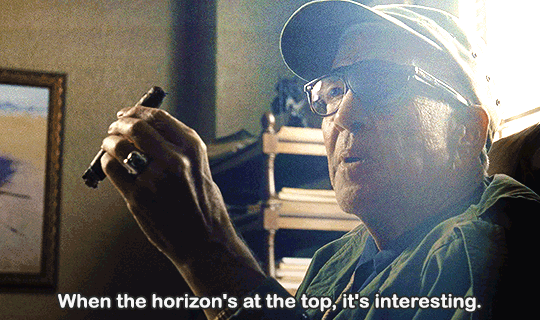
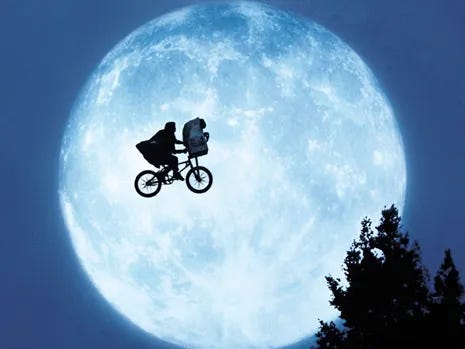

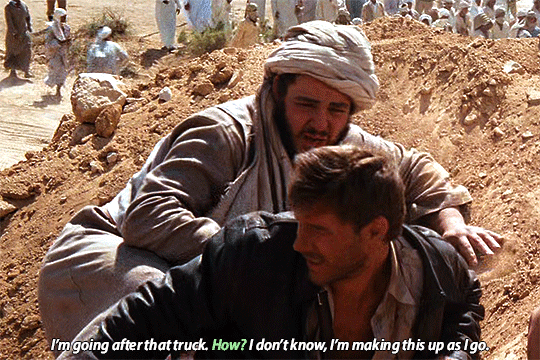
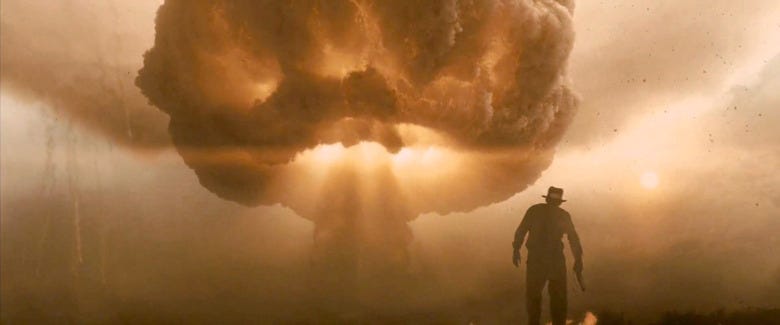


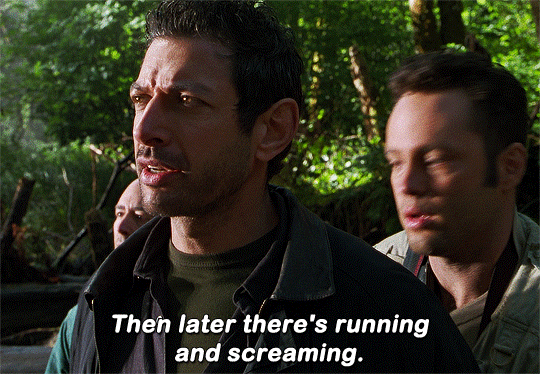

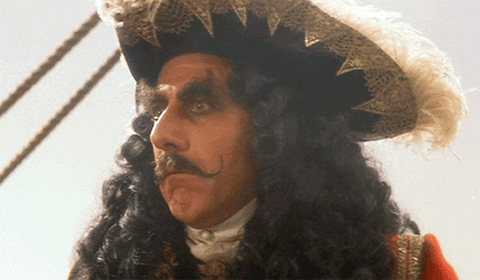
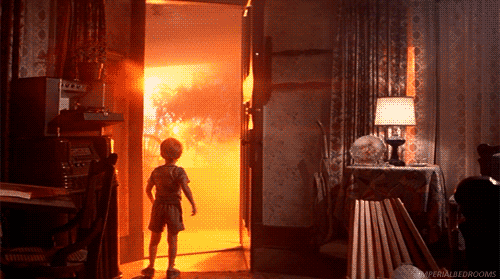

Respectfully, you are absolutely wrong about Tintin.
I would implore you to watch the first 10 or so minutes of this, as it shows just how important Tintin was to Spielburg, but also WHY it was such a big deal to him.
https://www.youtube.com/watch?v=CCIZ_jROYh4
I am biased, of course, it's a real favorite of mine, and I was shocked to hear how deep the well goes
Hope you take a look!